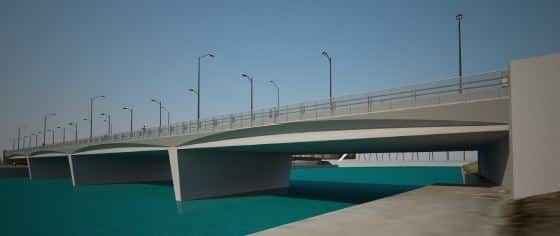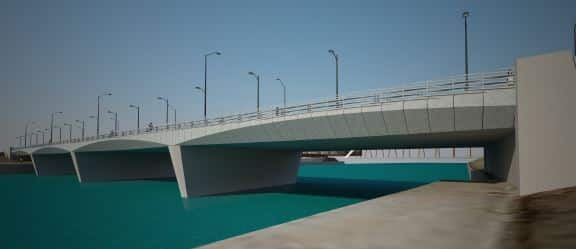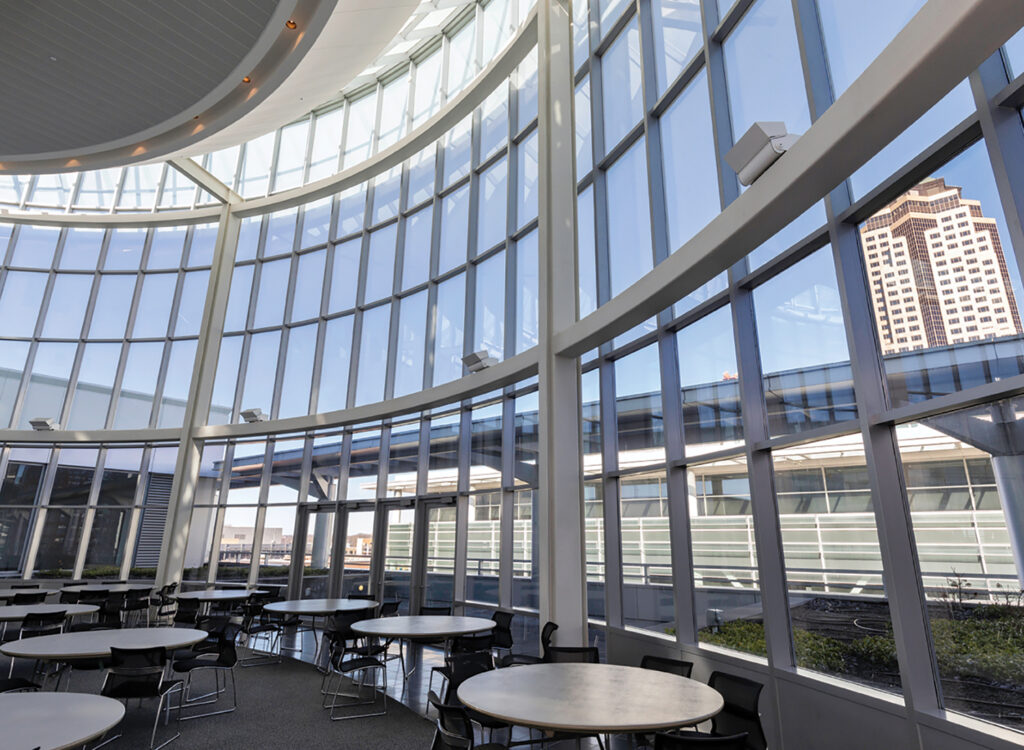Des Moines council considers ‘scallops’ for Grand Avenue bridge

KENT DARR Apr 6, 2015 | 4:04 pm
2 min read time
418 wordsAll Latest News, Real Estate and DevelopmentThe Des Moines City Council will be asked to approve a design for the Grand Avenue bridge downtown that uses scalloped edges to create the impression of structural arches.
Arches, of course, are the first architectural and structural elements that come to mind when talking about downtown bridges. Duplicating them would cost $32 million, and when discussions came up at least year about replacing the 96 year-old bridge, the council put an emphatic foot down on the cost.

|
| Rendering of Grand Avenue Bridge using concrete |
A year later, a 12-member “aesthetics” review committee has come up with two alternatives. One uses concrete to create scalloped edges on a standard beam bridge. The other uses metal to create the same effect. The cost of each is about $8.1 million, according a report this morning during the council’s workshop session.

|
| Rendering of Grand Avenue Bridge using metal |
City Engineer Pam Cooksey said planners need further guidance from council members on how to proceed. A timeline shows that utilities would be relocated this year, with the project going out for bids in June 2016 and construction running until 2018.
The bridge was originally constructed in 1919 and had a major renovation in the mid-1960s. In 2013, the city considered another renovation, but cost estimates for that project came in at $6 million, roughly the same cost as building a standard beam bridge.
The City Council asked for slight upgrades and set a price of $7.9 million. A proposal for a bridge with shallow concrete arches came in about $10 million above that target.
The East Village neighborhood association sent a letter to Mayor Frank Cownie and Councilman Joe Gatto supporting the committee’s recommendation, while raising concerns about current street widths and their impact on “walkability,” a focus of current downtown planning.
“Having a bridge of ‘human scale’ with features that encourage pedestrians and cyclists is essential if East Grand is to unite – rather than divide – a vibrant downtown and East Village,” the letter said.
The bridge would have sidewalks on each side of the roadway and a westbound bicycle lane. However, Cooksey said street widths could be reduced if needed, to accommodate additional considerations, such as an additional bike lane.
At least $2.1 million of the project will be paid from federal funds.
Planners also are in the design phase of future work on the Walnut and Locust street bridges, with a historical preservation planned for the Court Avenue bridge.









